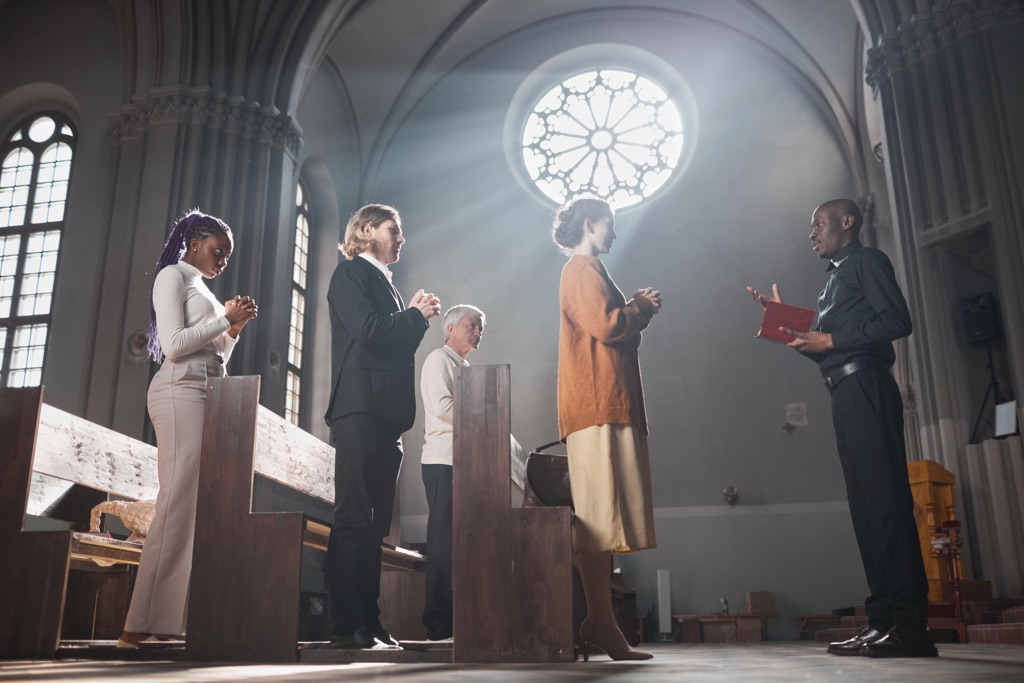Liturgy has long been a central aspect of Christian worship, deeply rooted in tradition, history, and scriptural foundations. The term liturgy, from the Greek word leitourgia, means “the work of the people,” and encapsulates the formal, structured practices Christians have engaged in during their services for centuries. It’s a rich tradition, often adapted and reformed, which has shaped the way worship is conducted across denominations.
When reflecting on the origins of Christian liturgy, one must look to the early church fathers and the apostles, who helped formalize the structure of worship. Although modern services vary across denominations—whether it’s the structured Roman Catholic Mass or more relaxed Protestant services—they share common elements derived from the earliest Christian communities.
Early Roots: Apostles and Church Fathers
The seeds of Christian liturgy can be traced back to Jerusalem, where John led the church after Jesus’ death. The early Christians, many of whom were Jewish converts, incorporated synagogue practices into their worship. The reading of scripture, including the Old Testament, Psalms, and early letters from the apostles, formed the foundation of Christian services.
As Christianity spread throughout the Roman Empire, different regions like Rome, Alexandria, and Antioch developed their own liturgical traditions. By the second and third centuries, key elements of worship began to formalize. For example, the Apostolic Tradition around 150 AD laid the groundwork for rites like baptism and the Eucharist. In Rome, the church began shaping these traditions, with key figures like Justin Martyr defending the sacraments.
Formalization of Liturgy: Rome’s Influence
By 313 AD, with the Edict of Milan granting Christianity legal status, worship practices could become more public and formal. This legalization allowed churches to build grand structures and develop the rituals that would become characteristic of Christian liturgy. This period saw the Roman church heavily influencing Christian worship, formalizing elements like the Eucharist, prayer patterns, and roles within the church (bishop, deacon, etc.).
In 325 AD, the Council of Nicaea further shaped the liturgy, including the creation of creeds like the Nicene Creed, which solidified theological and doctrinal statements. These developments contributed to the growing culture of Christian worship, leading to the Eastern Byzantine and Roman Rites, which remain influential today.
Liturgy Across the World
Christian liturgy evolved differently across various regions. The Egyptian church, with its ancient traditions, used a liturgy thought to go back to St. Mark, while Syrian Christians had their own distinct practices, reflecting the influence of local culture and the early apostolic era. The church in Constantinople, under Emperor Constantine, also developed its own sophisticated liturgical practices, such as the Divine Liturgy of St. John Chrysostom.
North Africa was another influential hub of early Christian worship. Despite the eventual fall of Carthage, its liturgical traditions persisted, influencing future Christian rites across the Mediterranean.
The Reformation and Modern Liturgy
The Reformation in the 16th century brought significant changes to liturgy. Martin Luther, a key figure in this movement, sought to retain aspects of Catholic worship but rejected others, such as the exclusivity of Latin in the liturgy. Lutheran services maintained the strong influence of music, echoing Luther’s belief in its spiritual significance.
Today, different Christian denominations continue to follow patterns that originated in early Christian worship. Whether it’s the chanting of Gregorian hymns in a Catholic mass or the informal yet structured services of Lutheran or Methodist churches, these practices have historical roots that go back centuries.
Conclusion
Liturgy remains a dynamic and evolving aspect of Christian worship, balancing tradition with modernity. Its development over the centuries—from the early apostles through medieval monasteries and the Reformation—demonstrates its central role in the life of the church. Reflecting on the historical path of your church’s liturgy can offer deeper appreciation and insight into the practices we observe today.

